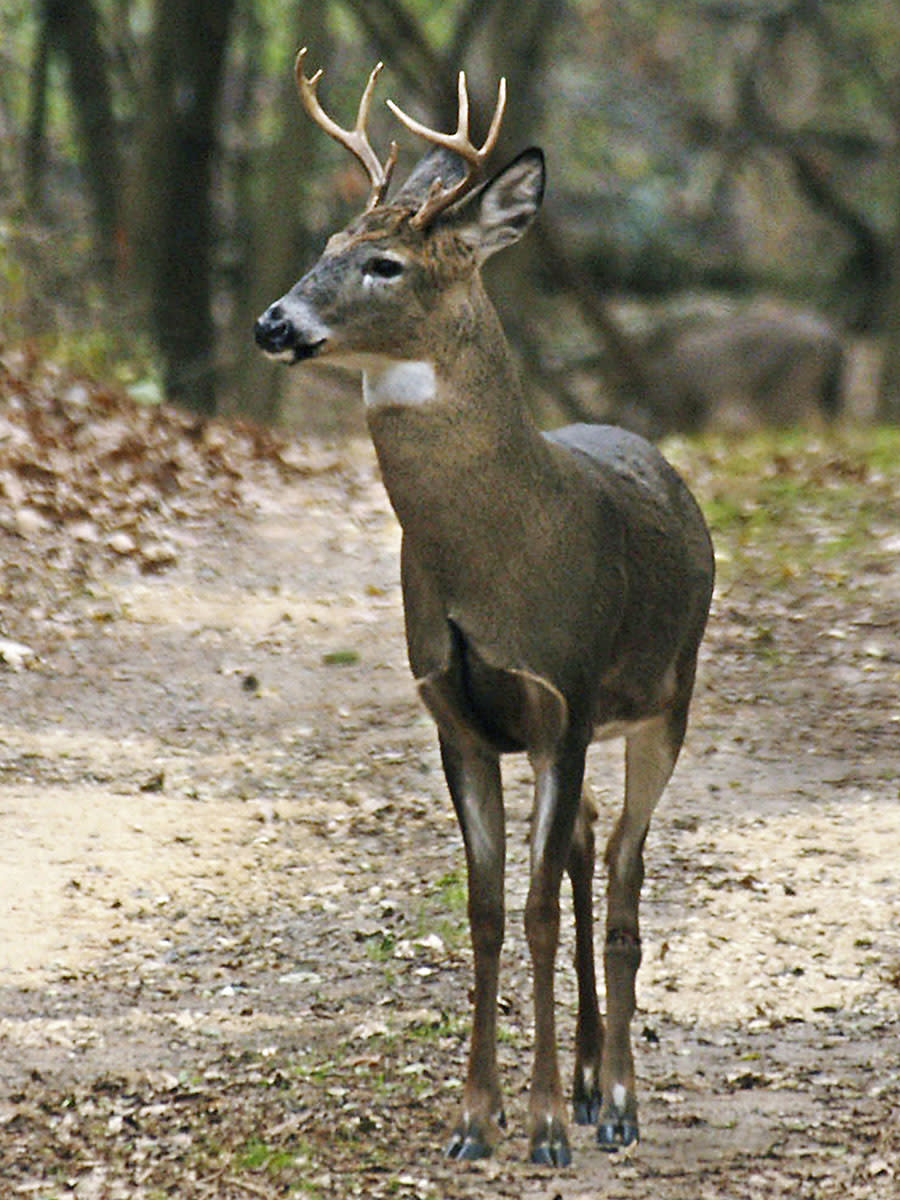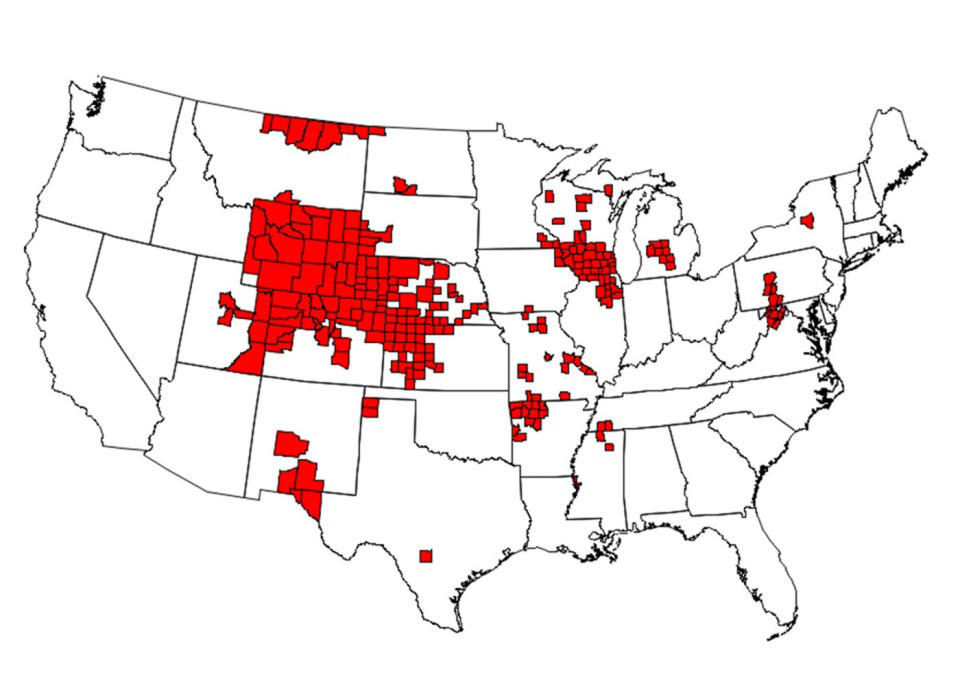Fears deadly 'zombie' deer disease may possibly spread to humans
Scientific and public health experts believe a disease impacting deer should be treated as a public health issue, reportedly expressing growing concerns about its possibility of spreading to humans someday.
Earlier this month, experts from the University of Minnesota told lawmakers about their thoughts on chronic wasting disease, which is is treated as a hunting and wildlife concern at present, Pioneer Press reports.
Michael Osterholm, director for the University’s Centre for Infectious Disease Research and Policy spoke at the hearing last week.
“It is my best professional judgment based on my public health experience and the risk of BSE transmission to humans in the 1980s and 1990s and my extensive review and evaluation of laboratory research studies … that it is probable that human cases of CWD associated with the consumption of contaminated meat will be documented in the years ahead,” Mr Osterholm said, according to Pioneer Press.
“It is possible that number of human cases will be substantial and will not be isolated events.”
Chronic wasting disease was first recognised in captive deer in the 1960s and in wild deer in 1981.
But as of last month, it had been reported in free-ranging deer, elk and/or moose in at least 24 states in the US as and two provinces in Canada, the Centers for Disease Control and Prevention website states.
There have been no instances of the disease reported in humans.

The Centers for Disease Control and Prevention website site said chronic wasting disease is a progressive and fatal illness, and animals who are infected may have a variety of changes in appearance and behaviour as it develops.
“These may include: drastic weight loss (wasting), stumbling, lack of coordination, listlessness, drooling, excessive thirst or urination, drooping ears, lack of fear of people, and aggression,” the Centers for Disease Control and Prevention website states.
It is believed that once introduced to an area or farm the protein can spread quickly within deer populations.
“Scientists believe CWD proteins (prions) likely spread between animals through body fluids like feces, saliva, blood, or urine, either through direct contact or indirectly through environmental contamination of soil, food or water,” the Centers for Disease Control and Prevention says.
Experts also think animals can contract the disease after an infected animal has died as they believe the proteins can stay in the environment for a long time.

The organisation says the disease’s prion has also been shown to experimentally pass infection onto laboratory mice that carry some human genes and squirrel monkeys.
“To date, there is no strong evidence for the occurrence of CWD in people, and it is not known if people can get infected with CWD prions,” it adds.
“Nevertheless, these experimental studies raise the concern that CWD may pose a risk to people and suggest that it is important to prevent human exposures to CWD.


